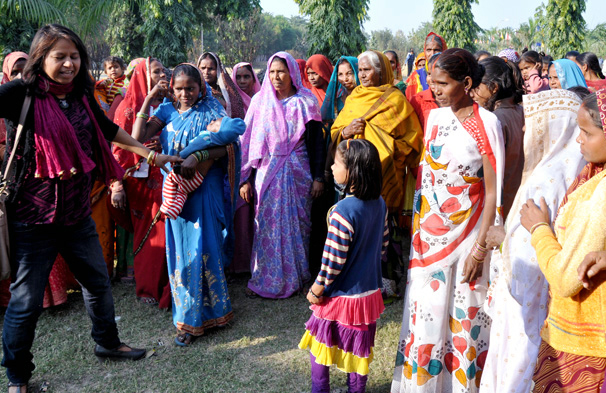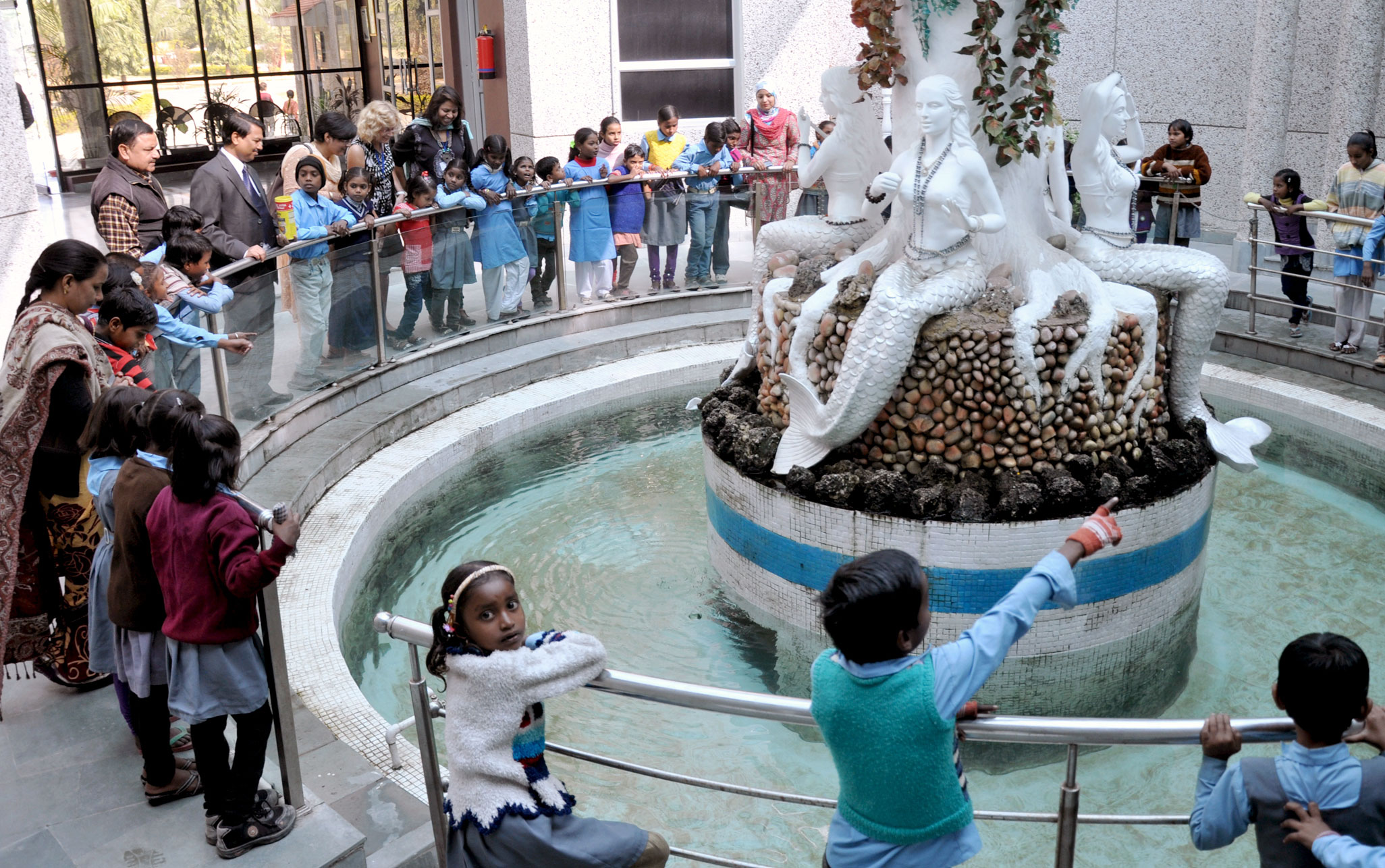
We’re lending a hand in India to improve water quality. Image: M. DeFreese/CIMMYT.
By Jan Mahoney
Australians are a pretty fortunate lot – we have beautiful coastlines, top notch education and high-quality health care. Recent ABS data even shows that most Aussies are healthier, wealthier and happier than we were a decade ago.
But what about those who aren’t so lucky? It’s easy to forget about the millions of people in our neighbouring countries with no access to basic necessities like clean water and sanitation.
When it comes to clean drinking water, around 780 million people are living without it. That’s more than two and a half times the entire population of the United States.
India in particular is facing some serious water quality problems. Each day 29,000 million litres of sewage are generated, but only one quarter of this amount can be treated. The untreated sewage that gets discharged from cities and towns ends up in rivers and lakes, causing severe contamination.
India’s water is also heavily polluted by agricultural run-off containing fertilisers and pesticides. As the largest industry in Asia and the twelfth largest in the entire world, India produces a whopping 90,000 metric tons of pesticides each year. When enough of this waste enters India’s waterways, it can contaminate crops, harm children’s development and make the water supply poisonous and undrinkable.
Today, only 31 per cent of the 167 million rural households in India have access to tap water and domestic toilets. In fact, more people in India have a mobile phone than a toilet.
To help solve this problem, our researchers have travelled to India to give local scientists, academics and regulators a hand.

One of our researchers, Dr Anu Kumar (left), discussing safe water with village women.
As part of our ‘Safe water for the future through Indo-Oz network’ project funded by Australian AID, the team is providing locals with the tools and techniques needed to assess the impacts of water pollution.
Through sharing case studies from Australian experiences, they are helping Indians better determine the likely impacts of climate change and the risks posed by cocktails of contaminants in water and sediments.
The project is also educating local children about environmental pollution issues. For instance, the team recently took a group of rural school kids to the local Ganga Aquarium to teach them about the importance of water safety, pollution and human health.
These children often miss out on formal education, and instead aid their parents as farmers, fishermen or garbage and landfill waste pickers.

Rural school kids from Lucknow learn about water safety at the Ganga Aquarium.
By helping India’s next generation recognise the importance of clean water, these kids will have the potential to create a healthier, sustainable environment for the entire country in years to come.
Learn more about how we’re working towards a water-secure world.


14th February 2015 at 10:56 pm
My brother recommended I would possibly like this
blog. He was entirely right. This submit truly made my day.
You cann’t believe simply how a lot time I had spent for this info!
Thanks!